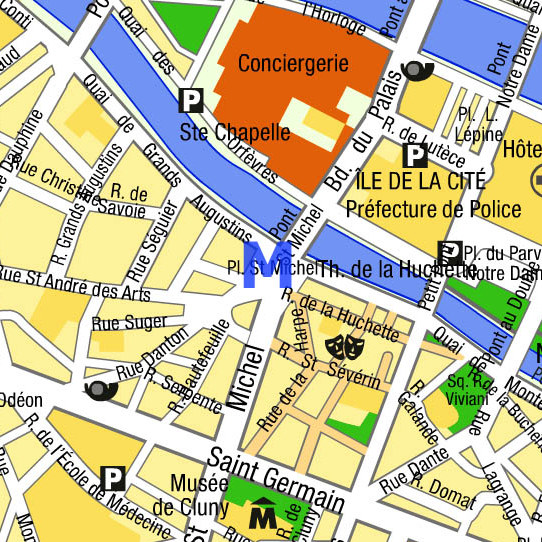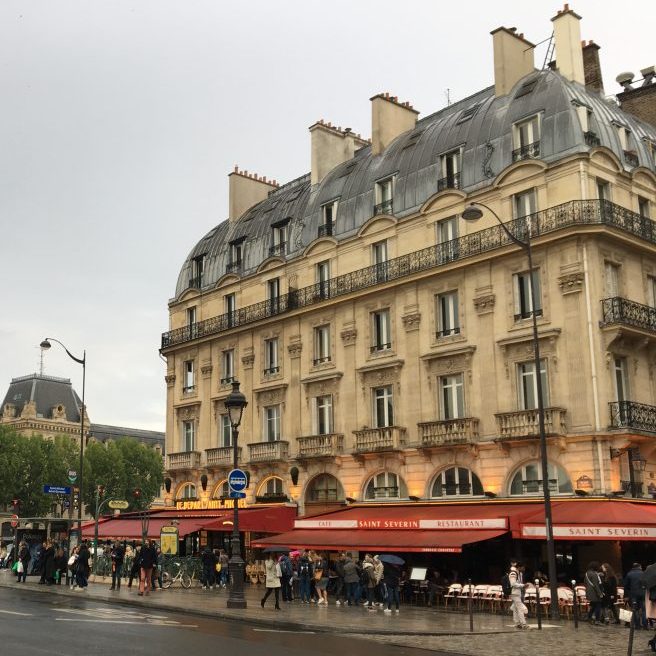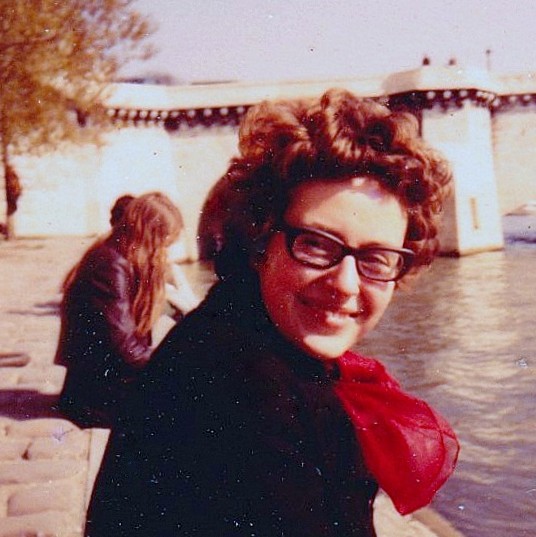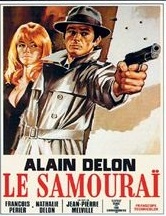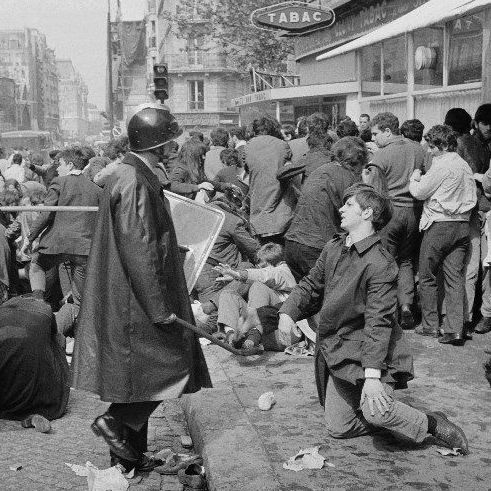Discovering the avant-guard
The impressive buildings of the West End epitomise the fabulous cultural edifice that is London. Galleries, theatres, cinemas and concert halls present masterpieces of art, music, drama and film. Museums heave with the cultural artifacts of other civilisations and of other times.

High art: Renaissance master; National Gallery; Queen Elizabeth Hall; Modern art; Theatre.
At 19 years old I was intimidated by this establishment culture. This might have been the pinnacle of the civilisation that had nurtured me but it hadn’t penetrated very far into the terraced streets of Selly Oak. Here was a cornucopia of sensation and stimulation that I had barely glimpsed before.
When I went to the National Gallery I was presented with Renaissance masterworks which dazzled but made no sense to this boy unable to decipher the myths or the religious symbols. I could just about grasp the sentimentality of a few Pre-Raphaelites which I had seen in Birmingham Art Gallery. If I went to the Tate Gallery, turning right after the entrance I was faced by a large canvas by David Bomberg of red, blue and white shapes (detail above). Having been subjected to no art education whatsoever, I was challenged to make sense of this meaningless abstraction.
These galleries were free to enter but tickets for theatres and concert halls were out of my price range, putting music and drama out of my reach. I would not have known what to choose anyway. I could not tell one composer from another or say anything about drama, except for schoolboy Shakespeare. I began to regret the opportunities I had missed at school although there had been no effort whatsoever to present art or music as interesting, let alone stimulating and enjoyable. I do not recall any discussion of art history, only some desultory lessons about how to draw a tree (upside down, to make the branches more natural). Music lessons were about the structure of symphonies but I do not recall being expected to actually listen to much music. I was never given the chance to learn any musical instrument. A teacher once played us an Ornette Coleman[1] record but left the room frustrated by our incomprehension, calling us cultural morons.
Deprived of high culture by lack of access or ticket money, I learned how to find venues where entrance was cheap or free or with special offers for students. I would take whatever was on offer if my meagre grant would stretch to it. One such place was the French Institute in Kensington, not far from my college. Here I saw plays by Jean Anouilh and Jean Cocteau and films by Jean-Luc Godard. They were in French without subtitles but Chelsea Public Library might have an English translation.
Many of these venues presented contemporary or avant-garde performances which were more interesting to me than the established arts. I recall a play, if that is the correct word, at the Arts Lab in Drury Lane by a group calling themselves ‘The People Show’. More of a comedy sketch although the subject was suicide. There were similar, often improvised performances, at other venues such as Gandalf’s Garden in Chelsea.

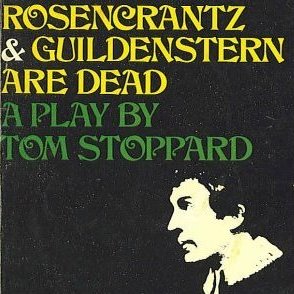

Music, drama, painting.
Another local venue was Chelsea Town Hall on King’s Road. Here I saw a concert by Usted Vilayat Khan. George Harrison had played the sitar in a couple of Beatles’ songs and here was my chance to hear the real thing. One day I saw Rosencrantz and Guildenstern are dead at the Old Vic on a cheap student ticket, standing in the gods. I had not even seen Hamlet (except by Olivier on the television) but this play opened my eyes to modern dramatists, some of whom with names like Stoppard were being talked about in magazines as new creative forces.
A new arts venue, The Hayward Gallery on the South Bank, opened in 1968 with an exhibition of work by Roy Lichtenstein, one of the first galleries to present Pop Art. These new artistic movements, Pop Art and Minimalism among others, came to the fore; music was reinvigorated by other cultures and electronic sounds; drama became philosophical and absurd. Theatre was freed from the limitations of censorship by the government[2]. New conceptual art and installations perplexed their audiences. The Computer Arts Society was established and one of the first exhibitions of cybernetic art was presented by the ICA in September 1968.
The Institute of Contemporary Arts (ICA) was older than me, established in 1947. Set up by artists and critics, it challenged the moribund art establishment of post-war Britain, becoming the focus for a new avant garde. Note the plural in ‘Arts’; contemporary music, art and film were all displayed, sometimes in the same presentation.

Obsession: Matta, Thek, Dubuffet, Bellmer, Haworth, Lindner, Bacon, Hockney.
The ICA moved to new premises in The Mall in April 1968. Its opening exhibition The Obsessive Image presented works depicting the human figure in new and innovative ways by over seventy artists including Francis Bacon, Peter Blake, Max Ernst, Alberto Giacometti, David Hockney, Rene Magritte, Claes Oldenburg, Pablo Picasso, Graham Sutherland and Andy Warhol. I was completely unaware of any of these artists at the time and I knew nothing of contemporary art.
I was astonished by the many and different approaches to representing the human figure. Unlike pure abstraction, the image represented was recognisable and I did not have to ponder what it was or if the picture had been hung upside-down. I could just marvel at the inventiveness of Paul Thek’s Death of a hippie, Lichtenstein’s comic cartoons, Dubuffet’s doodle-like figures, de Saint-Phalle’s painted papier-mache torsos, or Stevenson’s massive close-ups.
Until then I had thought that a painting or sculpture was mainly an exercise in technical skill, requiring years of practice and probably some innate talent. Now I saw that images could be manipulated, coloured, distorted, broken down and reassembled to produce not just a picture but introduce new meaning and emotion. It triggered something in me that opened my senses to new possibilities.
The publicity surrounding ICA’s move to the unlikely stuccoed classical premises designed by John Nash must have drawn me in, or perhaps they just offered very cheap student membership. I joined in April 1968 and was presented with art, film and music that surprised and inspired.

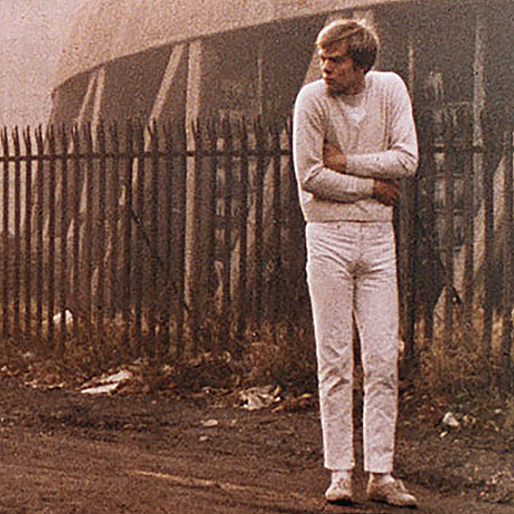


Scorpio rising; Herostratus; Herostratus[3]; Mr and Mrs Kabal.
By the 1960s there was a long-standing tradition of short films which could be shown in cinemas and on the television. This was an innocuous artform, often produced as semi-documentaries about aspects of life in Britain. This was very different to the short films I saw at the ICA. Kenneth Anger’s film Scorpio rising featured biker subculture, homosexuality, religion, the occult, Nazism and rebel icons of the time. It was one of the first films to feature a soundtrack of pop music by The Crystals, Elvis Presley, Ray Charles and others but no dialogue. Was it a dream or was it a trip?
A film by Don Levy called Herostratus, on the other hand, was over two hours long. It told the story of Max (Michael Gothard), a young poet who hires a marketing company to turn his suicide into a media spectacle; such themes were controversial at the time. Helen Mirren made her film debut at age 18. Both director and lead actor would later commit suicide.
Walerian Borowczyk was another very different film-maker whose work I saw at the ICA. His 1967 film, The theatre of Mr and Mrs Kabal, was a full length animation which properly deserved the epithet ‘surreal’.
The ICA also introduced me to contemporary music. Luciano Berio was an Italian experimental composer who experimented with electronic music. His most well-known work Sinfonia (1967-69) for orchestra and eight amplified voices. The voices do not ‘sing’ in the classical manner but shout and whisper in a musical collage. I discovered how an orchestra can do more than produce academic musical forms but can build an aural landscape.


Revolution by Berberian; Revolver by The Beatles.
Cathy Berberian was an exponent of contemporary vocal music with a distinctive voice. She was married to Luciano Berio until divorced in 1964 but they continued their musical collaborations begun over a decade previously. She worked with many innovative writers and composers including John Cage, Igor Stravinsky and Anthony Burgess. Free from the formalities of lieder and aria, her voice became a creative tool. One of her productions featured a baroque reworking of twelve songs by The Beatles.
I was not actively looking for the avant-guard but it appealed to me more than establishment art and was more accessible. I was hooked; I would thereafter seek out obscure film-makers, theatre groups with a mission, innovative music-makers and artists who looked for new ways to interpret the world.
I took my time to catch up on established arts; later at another university I learned about the Renaissance. It would take twenty years before I really began to enjoy opera; classical music largely remained elusive. I became a culture-vulture, picking up whatever I could.
[1] Randolph Denard Ornette Coleman was an American jazz saxophonist who was one of the main innovators of the free jazz movement in the 1960s. As schoolboys we never stood a chance of getting to grips with it.
[2] Until 1968, the Lord Chamberlain’s Office could refuse licenses to ‘unsuitable’ plays. Theatres such as the Royal Court had to turn themselves into private clubs in order to present anything controversial. This censorship was abolished by Act of Parliament in September 1968. The following day, the ‘love-rock’ musical Hair featuring nudity on stage opened at the Shaftesbury Theatre. The Royal Court was situated just down the King’s Road in Sloane Square, not far from my college, but I never went. The complications of buying membership, and not understanding the ideological importance of the plays they presented, were barriers to my participation.
[3] Helen Mirren.








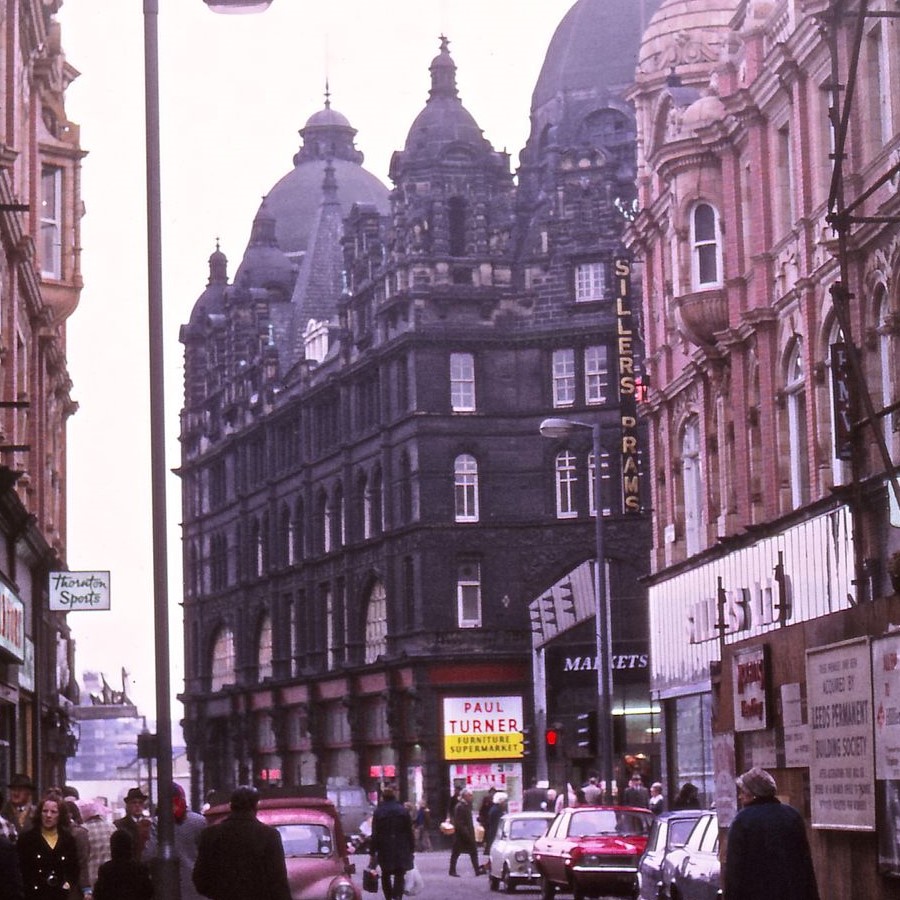




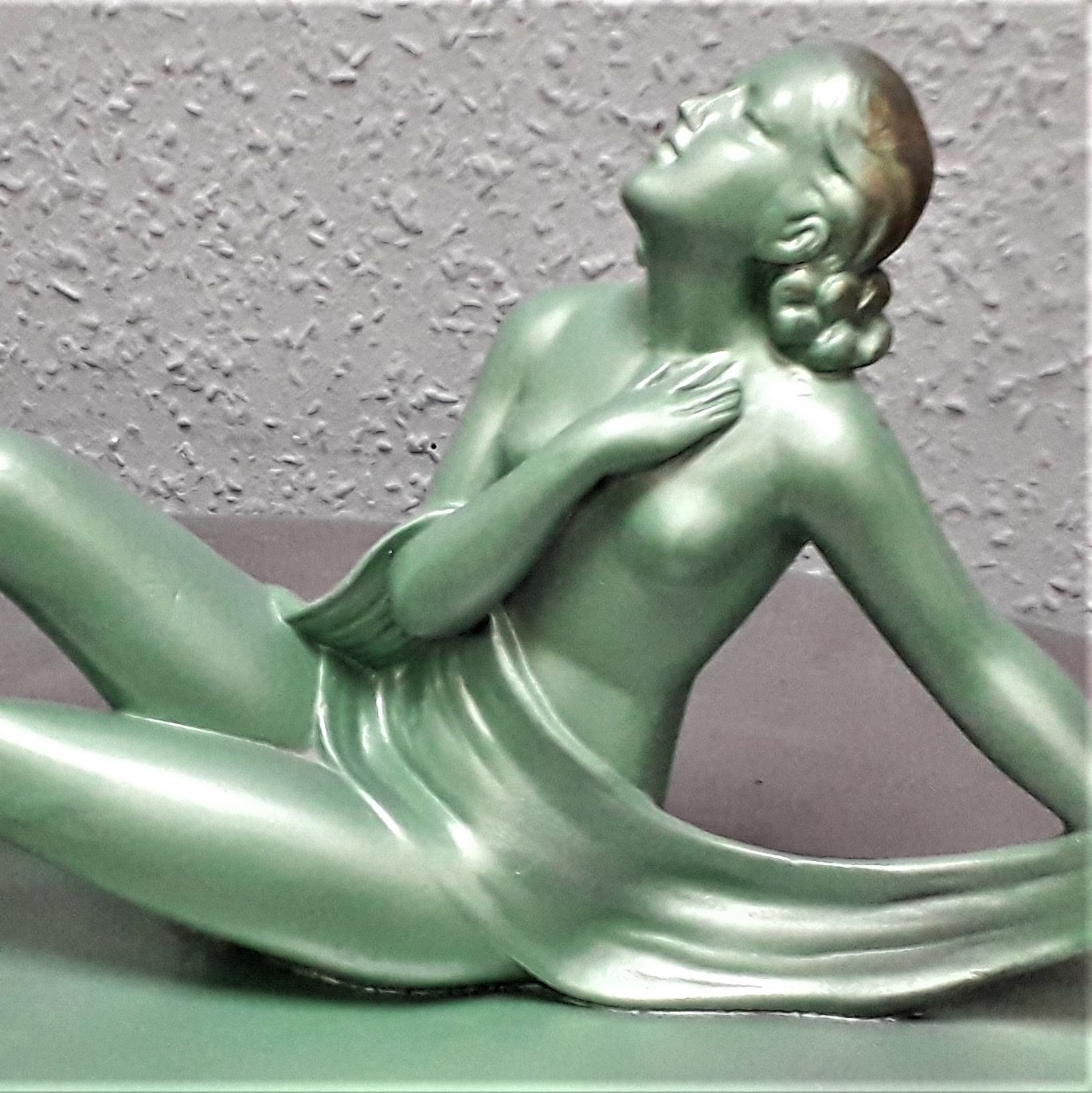





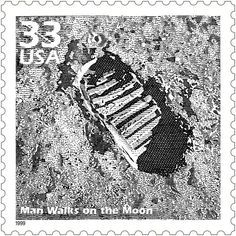











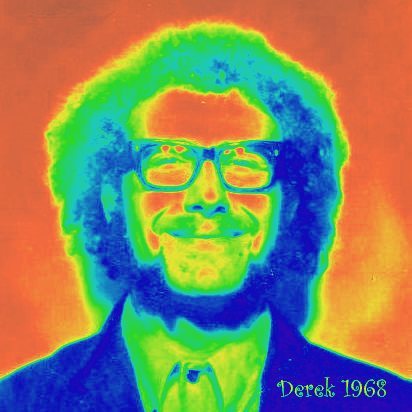 Me in 1968.
Me in 1968. Bob Dylan in 1968.
Bob Dylan in 1968.